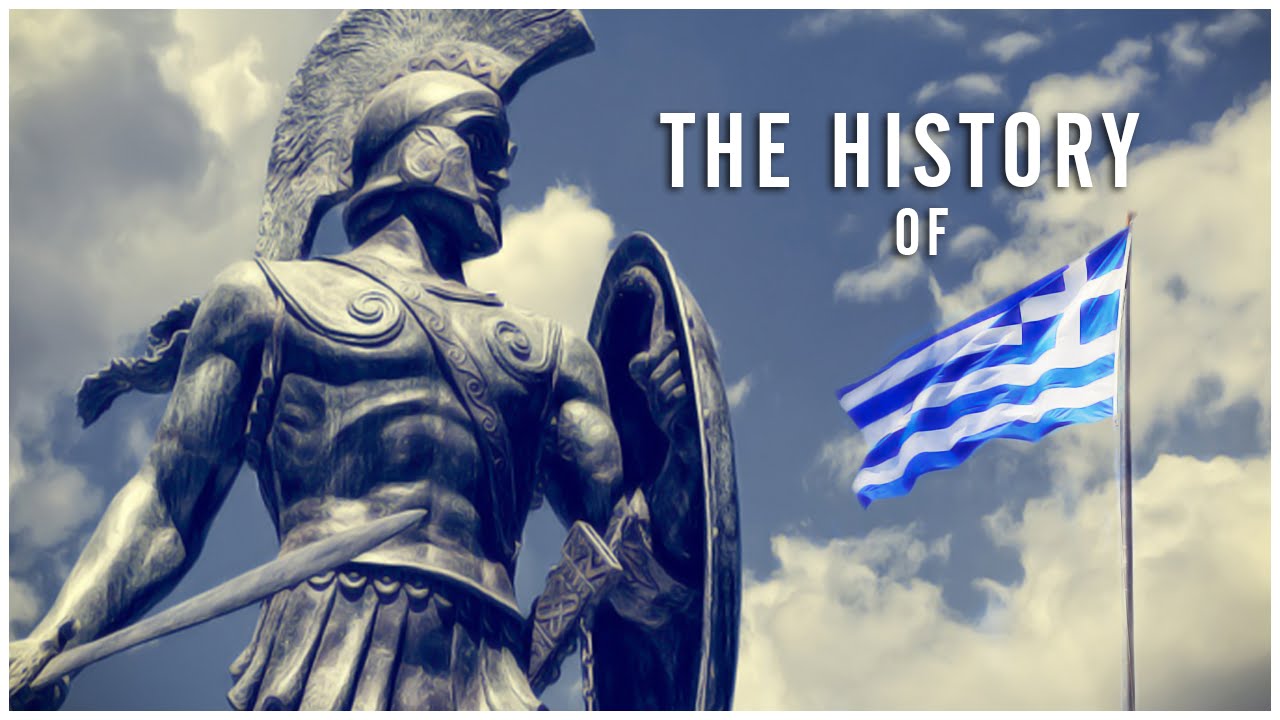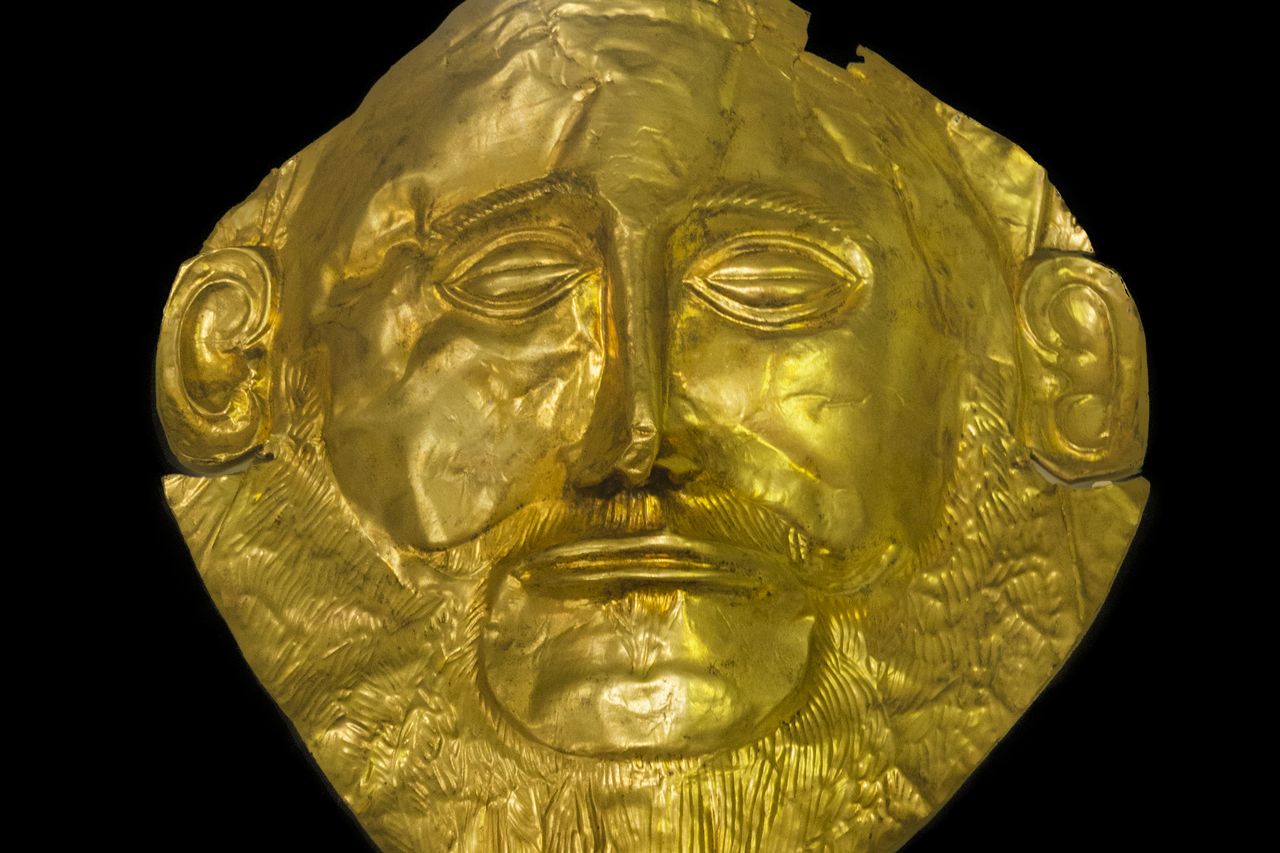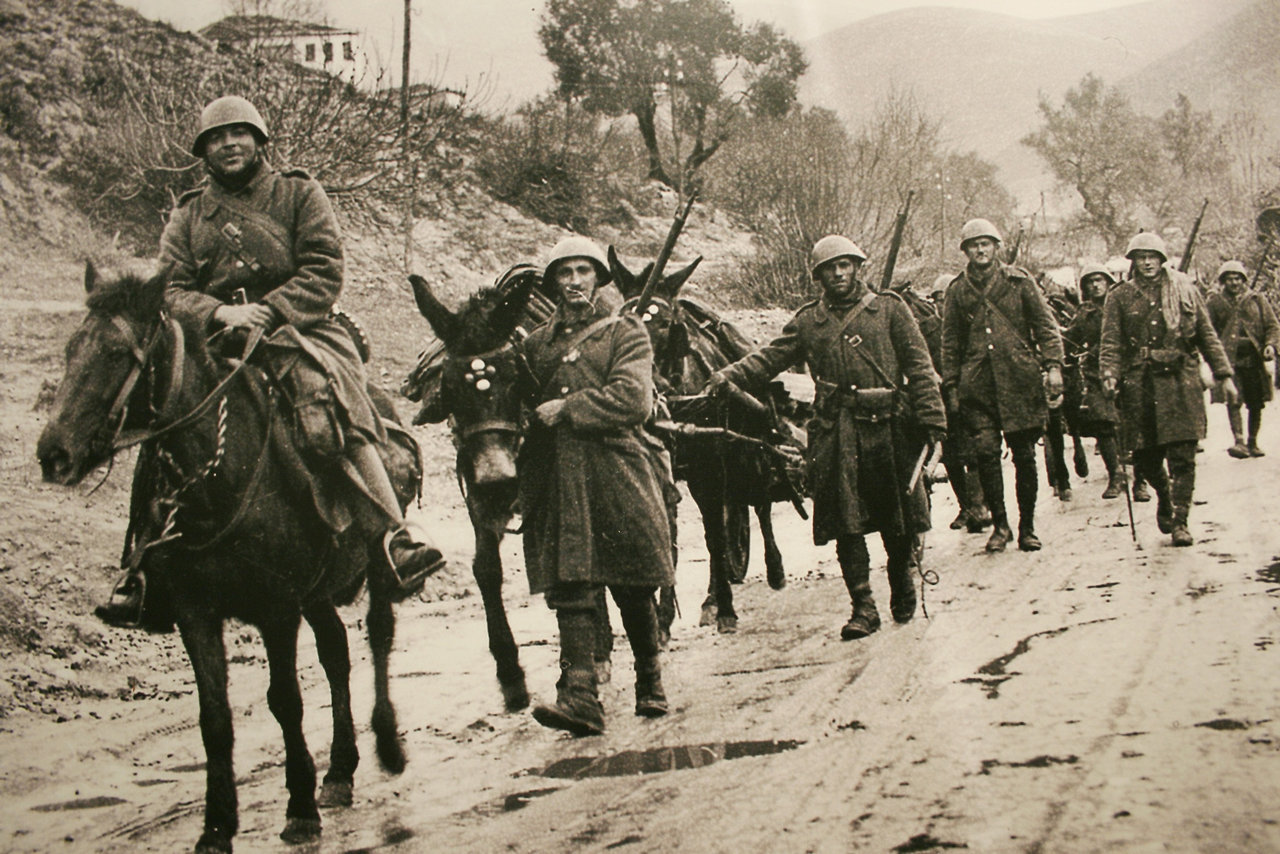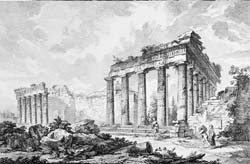The Parthenon in the Crossfire in the Greek War of Independence
The Greek War of Independence in the early 19th century was a tumultuous period that saw the iconic Parthenon caught in the crossfire between the Greek and the Turkish Army. The events surrounding the ancient monument during this time have given rise to a fascinating anecdote, which has been subject to historical scrutiny and debate.
The Siege of the Acropolis and the Legend of Kyriakos Pittakis
In 1822, Turkish troops found themselves besieged by the Greeks at the Acropolis, the ancient citadel above Athens. As the Turks ran out of ammunition, they resorted to stripping the columns of the Parthenon for lead to turn into bullets (Hitchens, Browning, & Binns, 1987). The story goes that Kyriakos Pittakis, a 23-year-old Greek soldier who later became the first Greek General Superintendent of Antiquities, offered to supply the enemy with lead for bullets to spare the Parthenon from destruction (Athanassopoulou, 2002). This offer is famously quoted in Greek as “Να τα βόλια, μην αγγίξετε τις κολώνες,” which translates to “Here’s the bullets, don’t touch the columns.”
The Bombardment of the Acropolis and Conflicting Priorities

In March 1822, the revolutionary government sent a team of foreign volunteers led by French artillery colonel Olivier Voutier to Athens to coordinate the bombing of the Acropolis. War minister Ioannis Kolettis, in a letter to Voutier, asked him to take care that the cannonballs did not damage the monuments, “especially the Parthenon,” and added, “we commend the masterpieces of our ancestors to your love of beauty” (Protopsaltis, 1957).
However, the bombardment led by Voutier resulted in the destruction of the monuments without significantly damaging the Turks. The Athenians, upon seeing the damage to the antiquities from Greek canons, reportedly told the French officer, “We will sacrifice the monuments of our ancestors to achieve that freedom which will resurrect our Callicrateses” (Voutier, 1823).
Callicrates was one of the architects of the Parthenon in the 5th century BCE, and the statement suggests that the Greeks believed their newfound freedom would lead to a cultural renaissance that would surpass the achievements of their ancestors.
The Second Siege and the Questionable Offer of Ammunition
During the second siege of the Acropolis in 1826, the roles were reversed, with the Greeks now besieged by the Turks. The Greeks, like the Turks before them, sought ammunition by using marble stones as bombs (St. Clair, 1998). This indicates that the preservation of the Parthenon was not necessarily a top priority for all Greeks during the war.
While the story of Pittakis’ desire to preserve the Parthenon is not disputed, the actual offer of lead by the Greek besiegers is considered implausible by some historians. Although controversial, it highlights the complex relationship between the preservation of cultural heritage and national liberation. The damage inflicted on the Parthenon during this period adds another layer to the monument’s rich and tumultuous history, and serves as a reminder of the enduring significance of this iconic structure.
FAQ about the Greek War of Independence
- What was the Greek War of Independence?
The Greek War of Independence (1821-1829) was a successful uprising by the Greeks against the Ottoman Empire, which had occupied Greece for nearly four centuries. The war resulted in the establishment of an independent Greek state. - When did the Greek War of Independence begin?
The Greek War of Independence officially began on March 25, 1821, with a proclamation by the Ecumenical Patriarch Gregory V, although there had been earlier revolts and unrest. - Who were the key figures in the Greek War of Independence?
Some of the key figures in the Greek War of Independence include Alexander Ypsilantis, Theodoros Kolokotronis, Georgios Karaiskakis, Andreas Miaoulis, and Ioannis Kapodistrias, who became the first head of state of independent Greece. - What role did foreign powers play in the Greek War of Independence?
Several foreign powers, including Russia, Britain, and France, supported the Greek cause through diplomatic means and military intervention. The combined naval forces of these powers defeated the Ottoman-Egyptian fleet at the Battle of Navarino in 1827, which was a turning point in the war. - When did Greece gain independence?
Greece gained independence with the signing of the Treaty of Constantinople in July 1832. The treaty established an independent Greek state under the protection of the Great Powers (Britain, France, and Russia). - Who became the first king of independent Greece?
Prince Otto of Bavaria was chosen by the Great Powers to become the first king of Greece in 1832. He ruled as King Otto I until he was deposed in 1862. - What were the borders of the newly independent Greek state?
The initial borders of the independent Greek state were much smaller than modern-day Greece, comprising the Peloponnese, Central Greece, and the Cyclades islands. Over the next century, Greece gradually expanded its territory through a series of wars and diplomatic negotiations. - What happened to the Parthenon during the Greek War of Independence?
The Parthenon, an iconic symbol of ancient Greek civilization, suffered significant damage during the Greek War of Independence. Both the Greeks and the Turks used the Acropolis as a fortress, and the monument was bombarded and stripped of lead for ammunition. The extent of the damage and the alleged offer by Kyriakos Pittakis to provide the Turks with ammunition to spare the Parthenon remain topics of historical debate. - What was the impact of the Greek War of Independence on Greek culture and identity?
The Greek War of Independence was a pivotal moment in the formation of modern Greek national identity. The war rekindled interest in Greece’s ancient heritage and sparked a cultural renaissance, known as the Greek Enlightenment, which sought to bridge the country’s classical past with its modern present. - How is the Greek War of Independence commemorated in Greece today?
The Greek War of Independence is commemorated annually on March 25, which is a national holiday in Greece. The day is marked by military parades, folk dances, and other festivities. The war and its heroes are also celebrated in Greek literature, art, and popular culture as symbols of the nation’s resilience and struggle for freedom.
Resources:
- Antiquities in the Greek War of Independence
- Protopsaltis, E. G. (1957). Ιστορικά έγγραφα περί της Ελληνικής Επαναστάσεως [Historical Documents on the Greek Revolution]. Athens: Konstantinidis. link
- Voutier, O. (1823). Mémoires du colonel Voutier sur la guerre actuelle des Grecs. Bossange frères. link
Read more:





